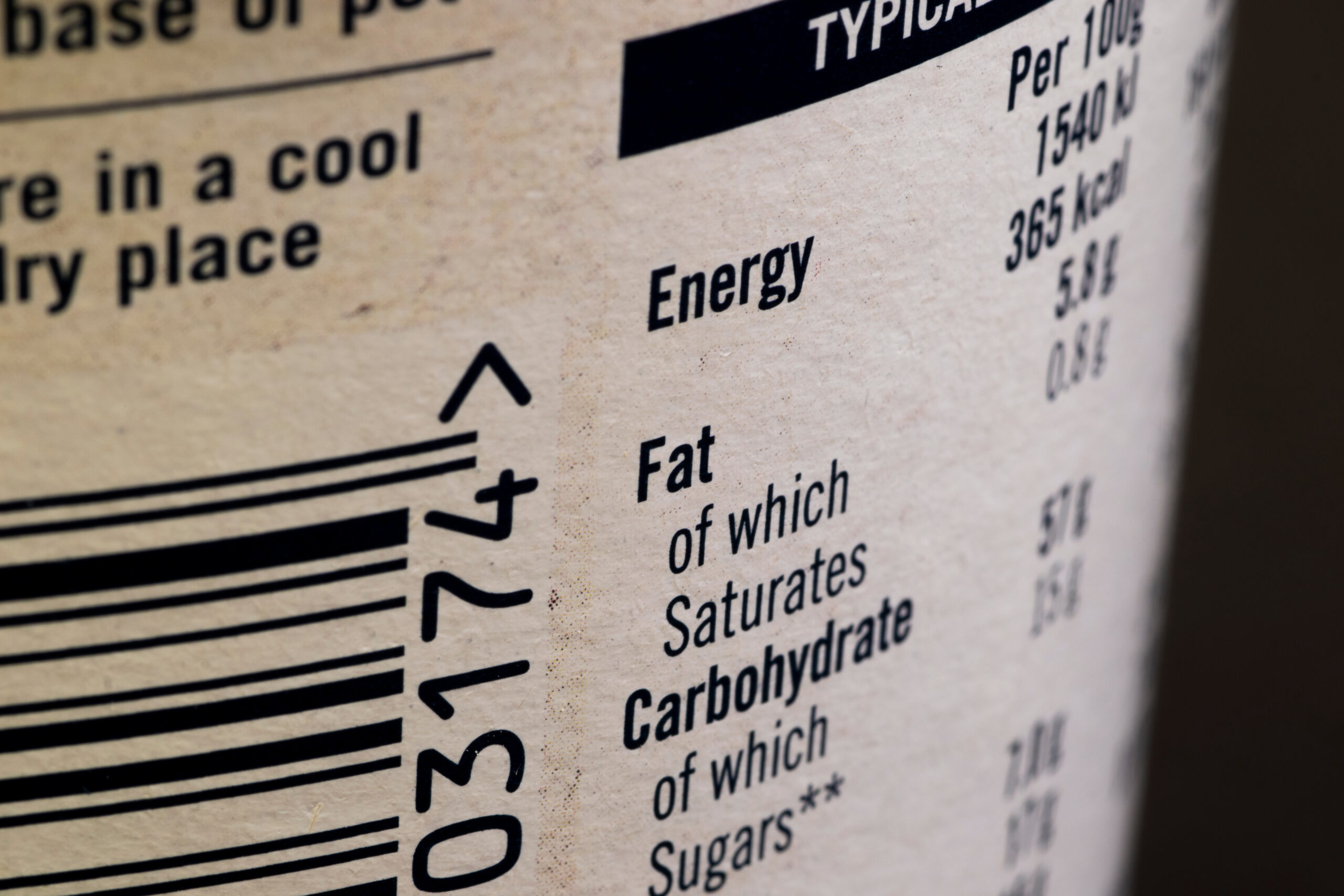The COVID-19 pandemic is causing economic mayhem, reducing tax receipts just as increased calls on health and emergency spending occur. This threatens some countries’ ability to service their debts, prompting requests for relief, repayment holidays, or outright cancellation. There are serious obstacles to getting creditors to cooperate and borrowers to behave. Proposals for delivering debt relief need to address these issues to succeed.
All countries borrow for spending that produces future benefits. The unforeseen pandemic is causing or exacerbating financial problems from Argentina to Zimbabwe. In countries without adequate financial safety margins, urgent public spending increases and reduced tax revenues make debts unsustainable and insolvency likely. Sovereign debt defaults hamper future borrowing.
Besides the world’s poorest nations, largely in sub-Saharan Africa, many others also have barely sustainable debt burdens and now need urgent help. The G20 has frozen bilateral loan repayments for 76 countries until the end of 2020. Some 165 low-income and emerging economies need at least $2.5 trillion, which is beyond the IMF’s capacity to provide.
In crises, the poorest and most marginalised people suffer most. Debt relief for low income countries to help weather the COVID-19 storm understandably appeals to liberal minds, recalling rockstar-led campaigns like Make Poverty History. Lenders want to ensure repayment, but there are layers of difficulty to be resolved.
First, there are three different types of lender, with different goals. The largest group are commercial investors who hold emerging market government bonds in their portfolios. These private creditors account for most of the sovereign debt of middle income countries and also have some exposure to low income African nations.
Multilateral financial institutions like the IMF and the development banks also provide loan facilities, often in contexts which market-led actors would avoid or with a concessionary element.
Then there are bilateral lenders – countries. China is a major player: with conventional aid funding and the infrastructure focused Belt and Road Initiative it accounts for nearly one-fifth of African debt.
These groups’ goals range from commercial returns to philanthropic concern for citizens of recipient countries. Commercial lenders will want to secure their repayments and may hold out against conceding any losses.
Concessionary lenders will typically have multiple aims such as helping governments limit the spread of COVID-19, protecting the livelihoods of poor people threatened by lockdowns, and ensuring that money is not withdrawn from current development spending.
Despite their different objectives, commercial and official lenders’ interests may coincide in appropriate policy measures and concessions to reduce the pandemic’s impact. Preventing the worst disruptions to economic activity will sustain incomes, tax revenues and loan repayments.
A key obstacle to debt relief is the need for collective action by all of a country’s creditors. Otherwise, concessions by some lenders just release resources to repay others. Only if all lenders agree some shared sacrifice can this prisoners’ dilemma be resolved.
Getting all players to cooperate in orderly debt relief takes time, especially when some countries will have many debt instruments and hundreds or even thousands of individual lenders.
A second challenge, particularly for official lenders with humanitarian or development objectives, is deciding which of the countries lacking an adequate financial safety margin to help. Should the focus be on, say, the areas of greatest need or the greatest likelihood of success? Supporting a government does not necessarily help its most deserving citizens.
COVID-19 related finance, like other funds, may be squandered, siphoned off by corrupt officials, diverted to inappropriate projects or may facilitate capital flight. Countries in the lower reaches of Transparency International’s Corruption Perceptions Index are not ideal welfare recipients, and offering help subject to intrusive conditions may not work.
Allocating a budget across different countries requires trade-offs between the risk of losing money and the likelihood of achieving objectives. For example, Zimbabwe has a record of poor governance, misuse of aid and a monetary policy manipulated to enrich those in power. Large payment arrears on official loans already preclude it from further multilateral funding, but COVID-19 coincides with a food crisis and is putting many livelihoods in danger. Whether bilateral donors should direct scarce resources to Zimbabwe or address needs elsewhere is a tough call.
Thirdly, lenders supporting a borrower against the pandemic need to decide between many options for rescheduling interest and principal repayments. Leniency may be hard for commercial lenders if their own finances are under pressure, but the track record of the recipient and how far lenders need to retain control of the initiative will also affect the outcome.
Making sure that resources are used as intended, a case of the principal-agent problem, is harder when institutions are weak. Releasing finance against performance milestones is one way of dealing with distrusted administrations. Others are providing budget support or aid in kind directly to governments, and cash transfers to families.
Incentives matter because they affect behaviour. If borrowers lacking an adequate financial safety margin know that they can escape the full consequences if things go wrong, a ‘moral hazard’, there is a perverse incentive to take risks. Previous debt relief initiatives have required countries to meet quality of governance targets to qualify for full benefits.
Cooperation is certainly needed from the country in question. Argentina for example is negotiating to restructure $83bn of commercial debt. The country has a terrible record of past defaults, so has a strong incentive to avoid another, as of course do its creditors.
There is one proposal which might overcome many of these obstacles. The authors say it offers “a concrete roadmap to achieve an effective coordinated debt relief between the official and commercial sectors”.
A fund called a central credit facility (CCF) would be established for any country requesting debt relief, supervised by a multilateral financial institution. All debt interest due within a specified period, say the next year, would be paid into the CCF on schedule by the debtor country. That money would then become emergency funding available for the country to use for monitored spending solely to counter the effects of the pandemic, mitigating the costs of disruption, social distancing and lost livelihoods for vulnerable people.
Repayments of debt principal falling due during the specified period would also be deferred, and there are various options for handling these. Creditors would receive stakes in the CCF equal to their diverted interest payments, which would be senior claims in any future debt restructuring. All creditors, official and commercial, would receive equal treatment.
Such a scheme should reassure lenders on two counts. No payments would be going to other creditors, so no money would be diverted from countering COVID-19, and all spending would be authorised and monitored by the CCF. Furthermore, resources could be quickly directed towards urgent needs in the debtor country without the tortuous coalition building often seen among creditors.
This blueprint offers a potential solution to the problems of creditor coordination and borrower behaviour while making resources available promptly to countries facing the dual threat of economic harm and greater spending needs. Whether it will work in practice remains to be seen.
Andrew is a member of Bright Blue and a former UK Government economist. Views expressed in this article are those of the author, not necessarily those of Bright Blue. [Image: Matt-80]





